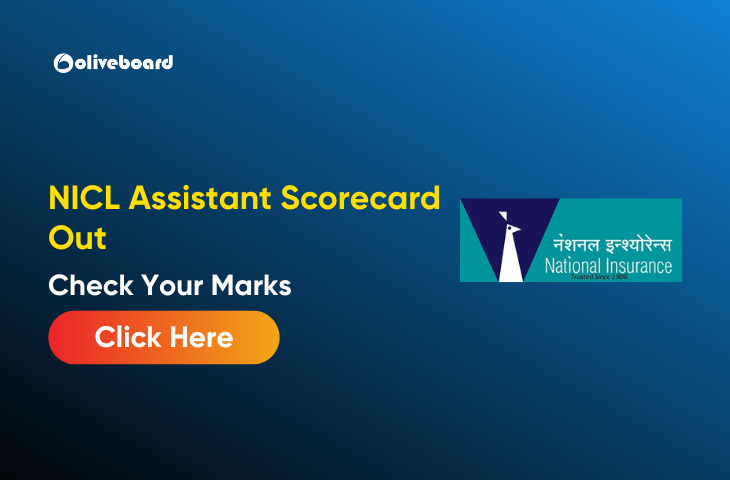URL Full Form
URL stands for “Uniform Resource Locator”. It is a standardized address or reference used to identify and locate resources on the internet. A URL serves as a unique identifier for various types of resources, including web pages, files, images, videos, and more, making it possible to access them through web browsers and other internet-enabled applications. In this article, we will unveil the full form of URL, and explore its pivotal role in the internet ecosystem.
URL Full Form in Hindi
URL का मतलब “यूनिफ़ॉर्म रिसोर्स लोकेटर” है। यह एक मानकीकृत पता या संदर्भ है जिसका उपयोग इंटरनेट पर संसाधनों की पहचान करने और उनका पता लगाने के लिए किया जाता है।
The Anatomy of a URL
A typical URL consists of several components, each serving a specific purpose in identifying and accessing online resources. Here’s a breakdown of the common components of a URL:
- Scheme: The scheme, often referred to as the protocol, specifies the method used to access the resource. Common schemes include “http://” for Hypertext Transfer Protocol (HTTP), “https://” for secure HTTP, “ftp://” for File Transfer Protocol, and “mailto:” for email addresses.
- Domain: The domain name identifies the specific website or web server hosting the resource. It typically follows the scheme. It is preceded by “www.” in many web addresses. For example, in “https://www.oliveboard.in,” “oliveboard.in” is the domain name.
- Port: The port number, if included, specifies the specific port on the web server where the resource can be found. Port numbers are often optional, with default values assigned to common protocols.
- Path: The path component indicates the specific location or directory on the web server where the resource is located. It helps organize and retrieve files and content within a website.
- Query: The query component, if present, includes additional parameters or data that may be required to retrieve the resource. Query parameters are often used in dynamic web applications and are separated from the path by a question mark (?).
- Fragment: The fragment, also known as the anchor or hash, used to point to a specific section or location within a web page. It is preceded by a hash symbol (#) and is often utilized for navigation within lengthy web documents.
The Significance of URLs
URLs play a pivotal role in the internet ecosystem for several reasons:
- Access to Web Resources: URLs enable users to access web pages, files, and online content simply by entering the address into a web browser.
- Linking and Navigation: URLs used extensively for linking and navigation within websites, allowing users to move from one page to another seamlessly.
- Resource Identification: URLs uniquely identify each resource on the internet, ensuring that users can access the exact content they seek.
- Search Engine Optimization (SEO): SEO relies on URL structures to improve the discoverability and ranking of web pages in search engine results.
- Bookmarking and Sharing: Users can bookmark and share URLs to save and distribute links to specific web resources.
Challenges and Considerations in URLs
While URLs are a fundamental part of the internet, they also pose challenges and considerations:
- Complexity: Some URLs can be long and complex, making them difficult to remember or type accurately.
- Uniformity: Ensuring uniformity and consistency in URL structures across websites is essential for user-friendly navigation and search engine optimization.
- Security: Cybersecurity concerns related to phishing attacks and malicious URLs require users to exercise caution when clicking on links.
- Maintenance: Website administrators must manage and maintain URLs to ensure that they remain accessible and up-to-date.
Conclusion – URL Full Form
In conclusion, URL, which stands for “Uniform Resource Locator,” is a critical component of the internet that enables users to identify and access online resources. URLs serve as standardized addresses, allowing individuals to access web pages, files, and digital content easily. They consist of various components, including the scheme, domain, path, query, and fragment, each serving a specific role in resource identification and retrieval. URLs are fundamental to web navigation, linking, and resource sharing, making them an integral part of the online experience. While URLs have evolved and become more complex with the growth of the internet, their essential function remains unchanged: connecting users to the vast world of digital information and resources with a simple address.
- NABARD Grade A Exam Analysis 2025, 20th December Shift 1 Review
- NABARD Grade A Exam Analysis 2025, Complete Review
- NABARD Grade A Exam Analysis 2025, 20th December Shift 2 Review
- NICL Assistant Score Card 2025 Out, Check Your Marks
- SBI PO Mains & Final Score Card 2025 Out, Check Mains and Interview Marks
- SSC CGL Tier 2 Paper 1 Preparation Tips, Check now
IQ Full Form – FAQs
Ans. URL stands for “Uniform Resource Locator.”
Ans. URL का मतलब “यूनिफ़ॉर्म रिसोर्स लोकेटर” है।

Hello, I’m Aditi, the creative mind behind the words at Oliveboard. As a content writer specializing in state-level exams, my mission is to unravel the complexities of exam information, ensuring aspiring candidates find clarity and confidence. Having walked the path of an aspirant myself, I bring a unique perspective to my work, crafting accessible content on Exam Notifications, Admit Cards, and Results.
At Oliveboard, I play a crucial role in empowering candidates throughout their exam journey. My dedication lies in making the seemingly daunting process not only understandable but also rewarding. Join me as I break down barriers in exam preparation, providing timely insights and valuable resources. Let’s navigate the path to success together, one well-informed step at a time.






